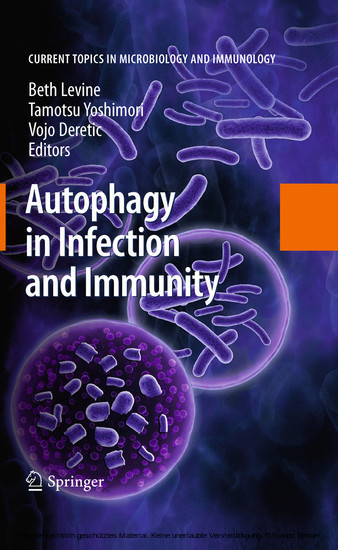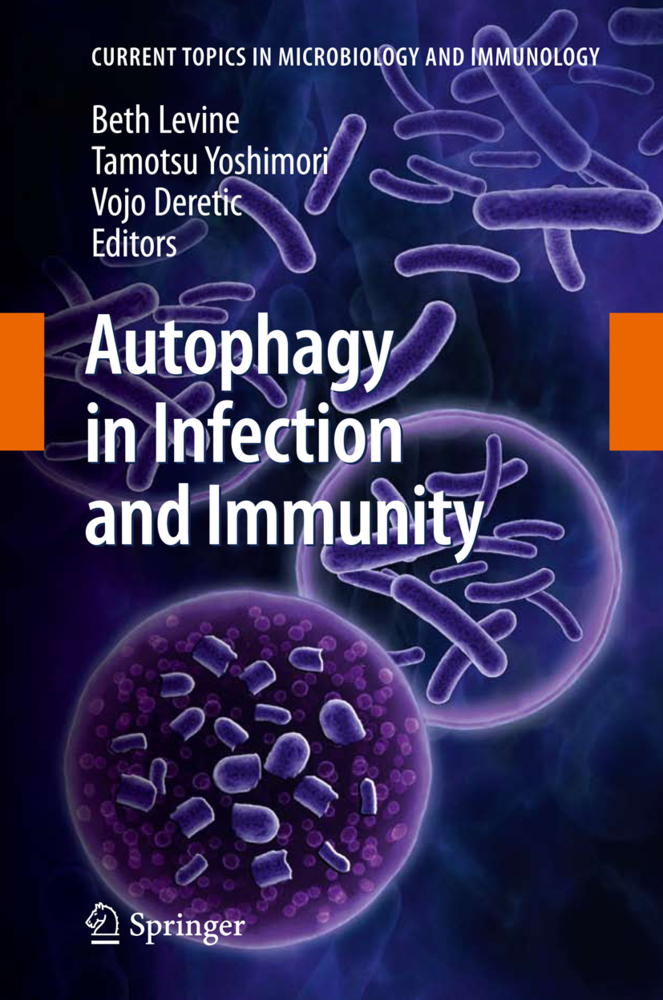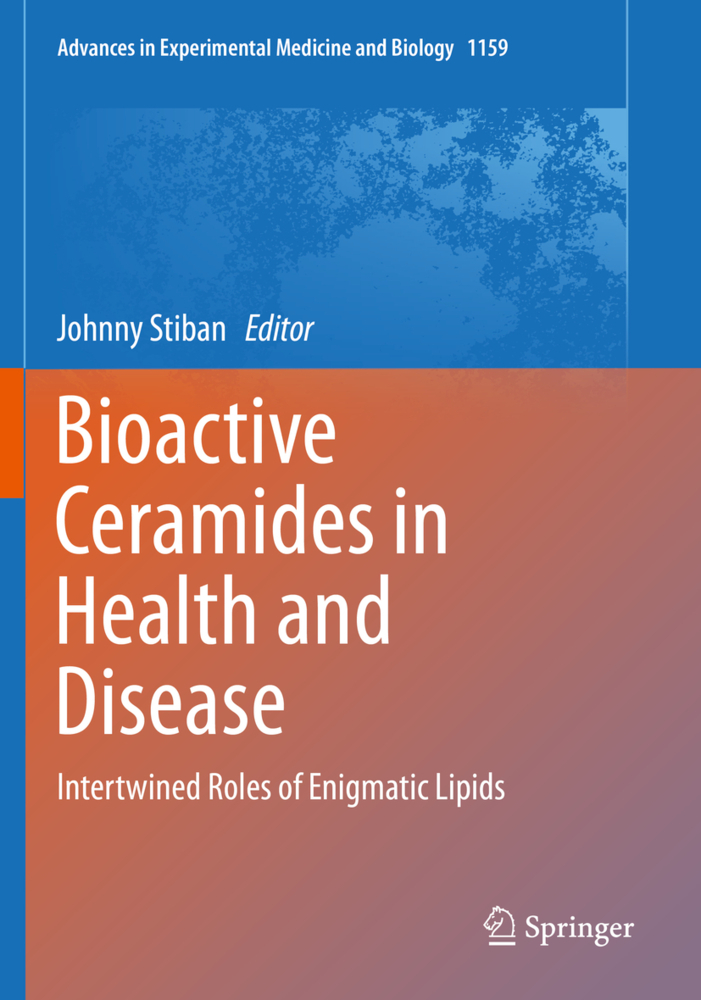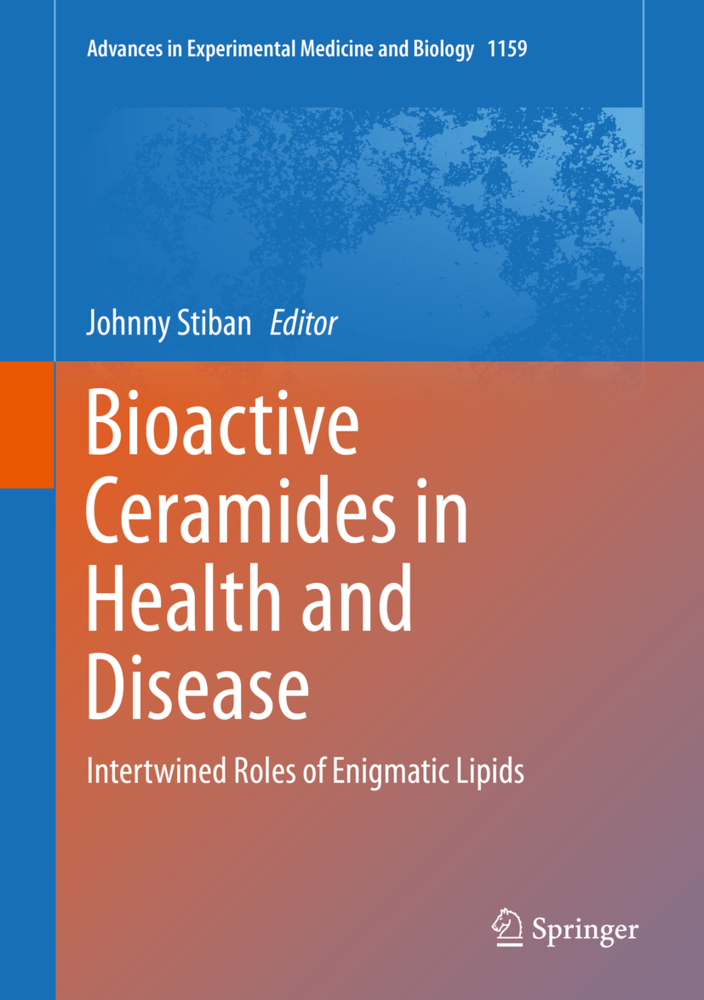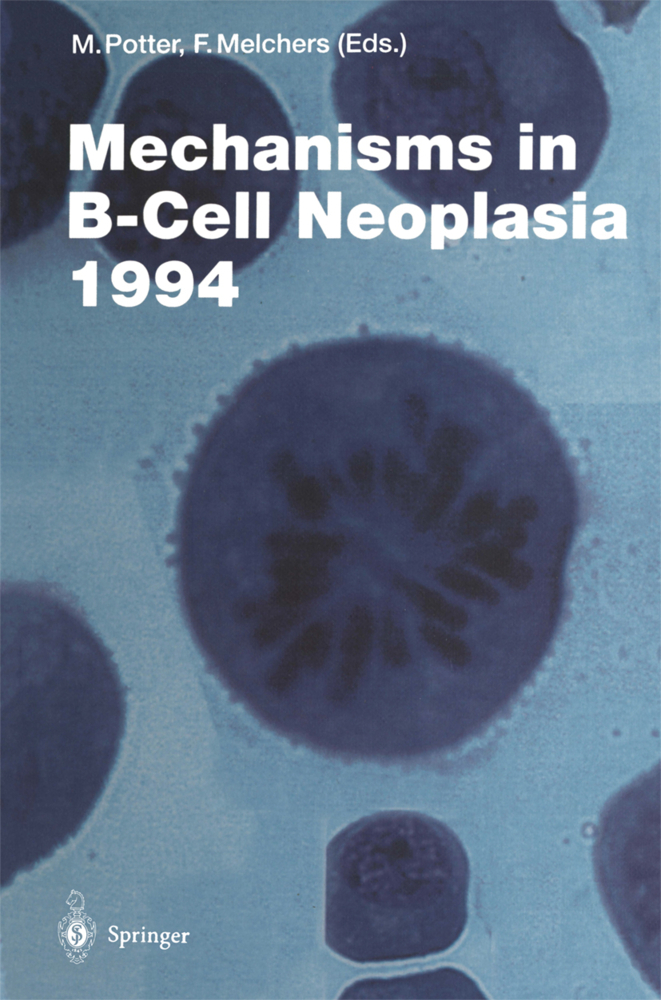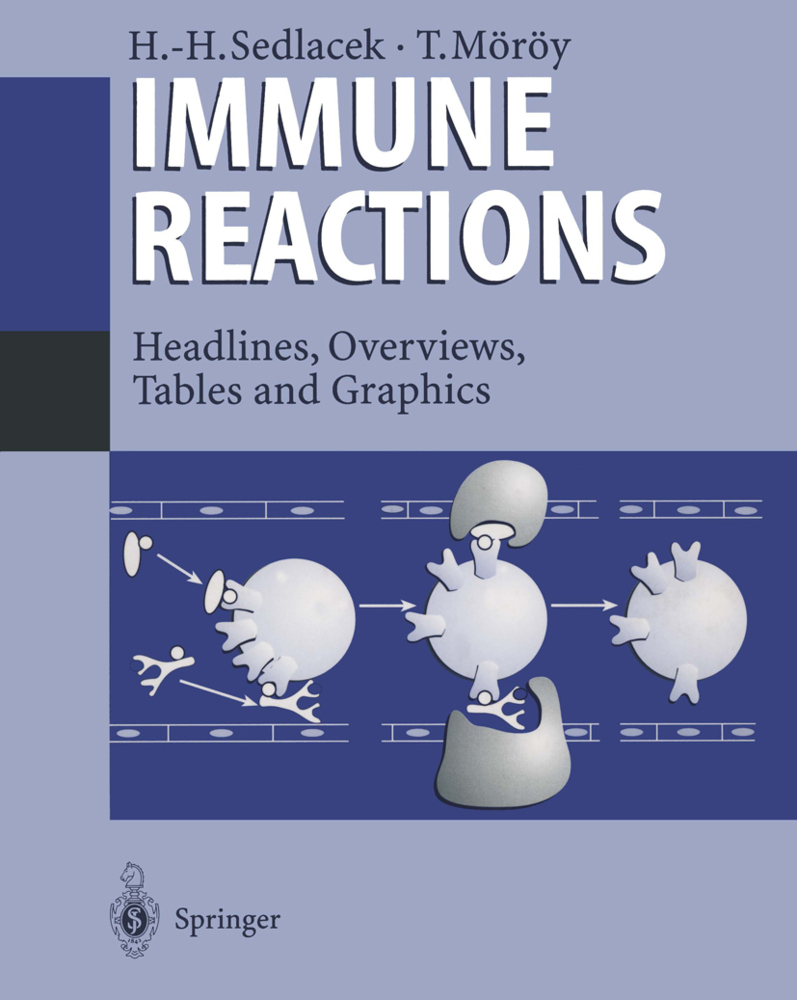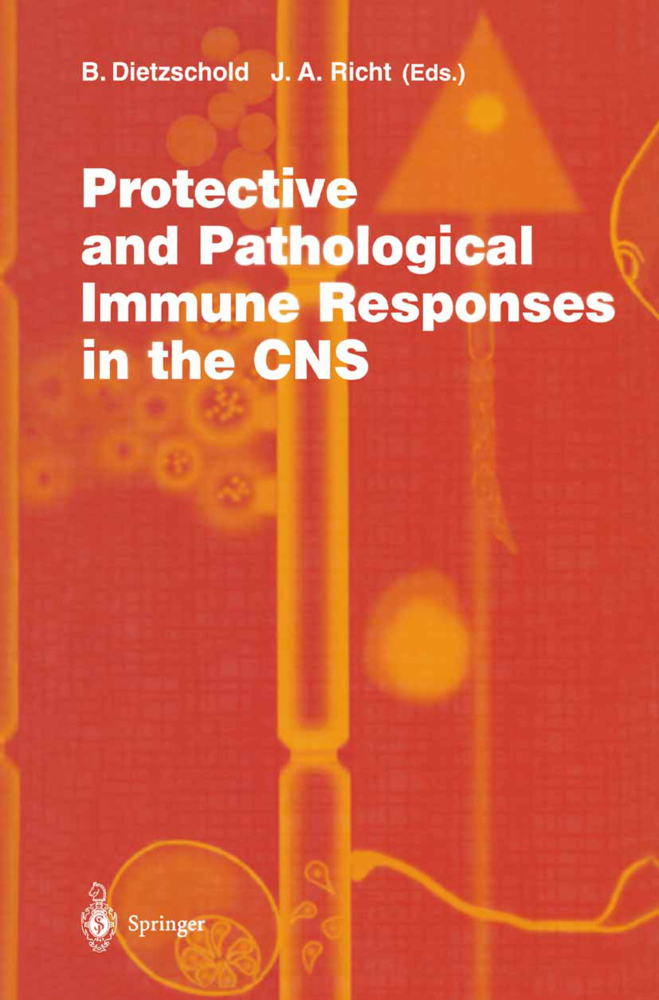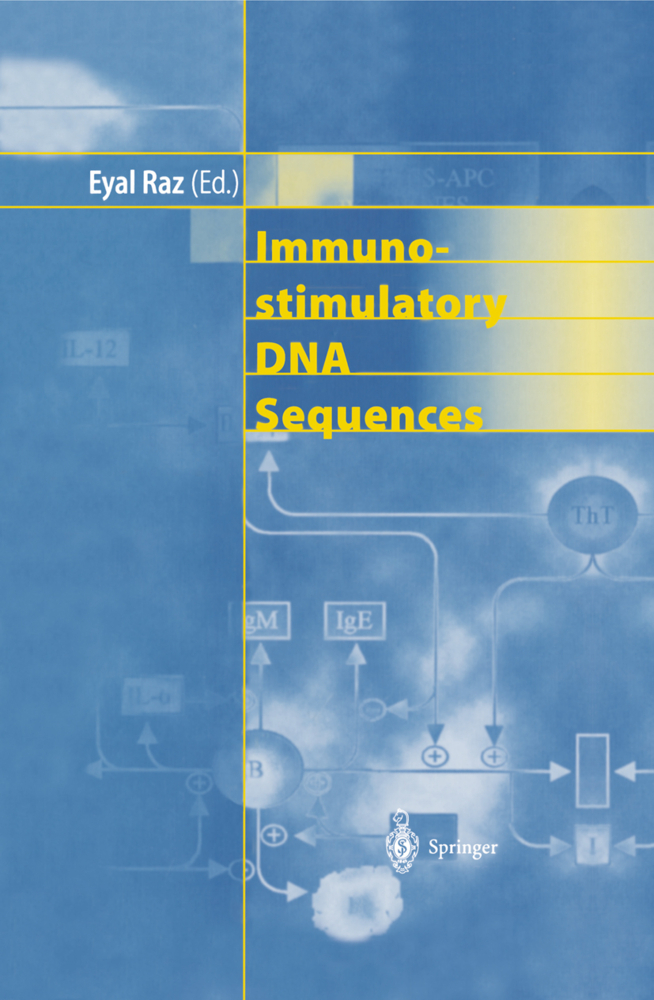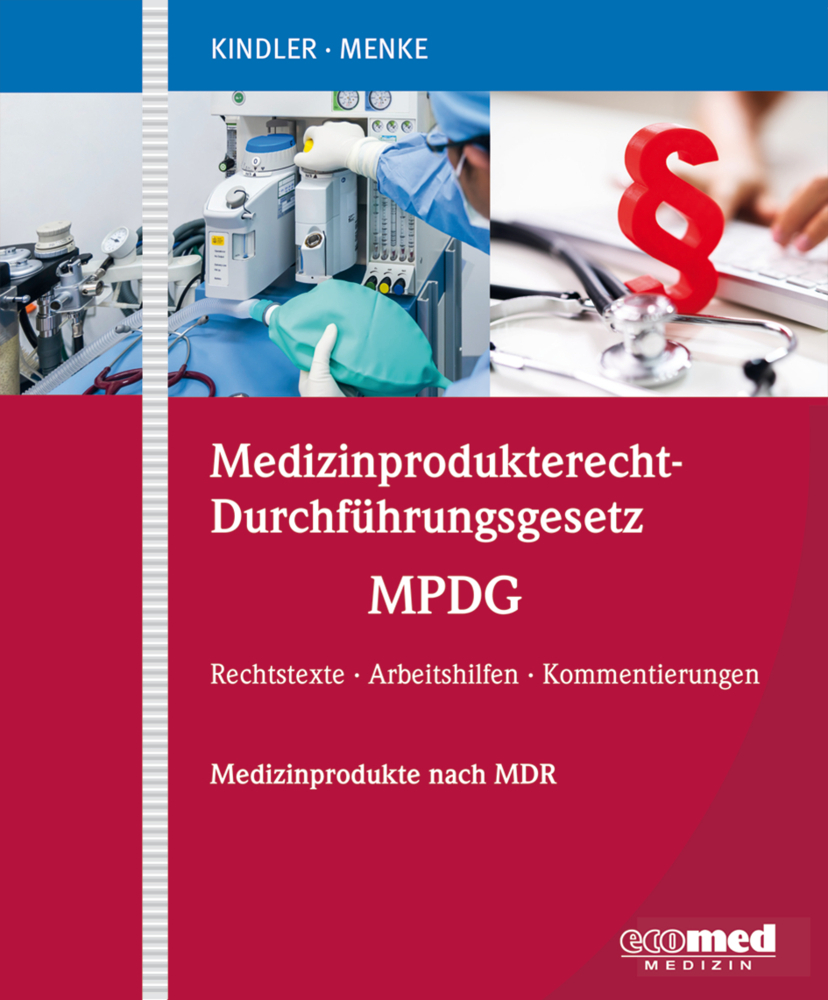Autophagy is a fundamental biological process that enables cells to autodigest their own cytosol during starvation and other forms of stress. It has a growing spectrum of acknowledged roles in immunity, aging, development, neurodegeneration, and cancer biology. An immunological role of autophagy was first recognized with the discovery of autophagy's ability to sanitize the cellular interior by killing intracellular microbes. Since then, the repertoire of autophagy's roles in immunity has been vastly expanded to include a diverse but interconnected portfolio of regulatory and effector functions. Autophagy is an effector of Th1/Th2 polarization; it fuels MHC II presentation of cytosolic (self and microbial) antigens; it shapes central tolerance; it affects B and T cell homeostasis; it acts both as an effector and a regulator of Toll-like receptor and other innate immunity receptor signaling; and it may help ward off chronic inflammatory disease in humans. With such a multitude of innate and adaptive immunity functions, the study of autophagy in immunity is one of the most rapidly growing fields of contemporary immunological research. This book introduces the reader to the fundamentals of autophagy, guides a novice and the well-informed reader alike through different immunological aspects of autophagy as well as the countermeasures used by highly adapted pathogens to fight autophagy, and provides the expert with the latest, up-to-date information on the specifics of the leading edge of autophagy research in infection and immunity.
1;Preface;6 2;Contents;8 3;Contributors;10 4;An Overview of the Molecular Mechanism of Autophagy;15 4.1;1 Introduction;16 4.2;2 Molecular Mechanism of Autophagy;19 4.2.1;2.1 Induction and Regulation of Autophagy;19 4.2.2;2.2 The Cvt Pathway and Other Selective Types of Autophagy;24 4.2.3;2.3 Phosphatidylinositol 3-Kinase Complex;27 4.2.4;2.4 Two Ubiquitin-Like Protein Conjugation Systems;29 4.2.5;2.5 Atg9 and Its Cycling Systems;33 4.2.6;2.6 De Novo Vesicle Formation;35 4.2.7;2.7 Vesicle Docking and Fusion with the Vacuole;37 4.2.8;2.8 Vesicle Breakdown and Recycling of the Resulting Macromolecules;38 4.3;3 Conclusion;39 4.4;References;39 5;Macroautophagy Signaling and Regulation;47 5.1;1 Introduction;48 5.2;2 Signaling Pathways;51 5.2.1;2.1 TOR-Dependent Signaling Pathways;51 5.2.1.1;2.1.1 mTORC1;52 5.2.1.2;2.1.2 mTORC2;54 5.2.1.3;2.1.3 Ampk;54 5.2.1.4;2.1.4 Downstream Targets of mTOR;55 5.2.2;2.2 mTOR-Independent Pathways;55 5.2.3;2.3 Other Pathways;56 5.2.3.1;2.3.1 eIF2.a. Kinases;56 5.2.3.1.1;2.3.1.1 PERK;56 5.2.3.1.2;2.3.1.2 PKR;57 5.2.3.1.3;2.3.1.3 GCN2;57 5.2.3.2;2.3.2 MAP Kinases;57 5.2.3.2.1;2.3.2.1 p38.MAPK;57 5.2.3.2.2;2.3.2.2 Extracellular Signal-Regulated Kinases;58 5.2.3.2.3;2.3.2.3 c-Jun N-Terminal Kinases;58 5.2.3.3;2.3.3 Protein Kinases C;58 5.2.3.4;2.3.4 DAP Kinases;59 5.2.3.5;2.3.5 Heterotrimeric G Proteins;59 5.2.3.6;2.3.6 NF-.k.B;59 5.2.3.7;2.3.7 Sphingolipids;60 5.3;3 Autophagosome Formation;60 5.3.1;3.1 Atg1 and Its Partners;60 5.3.2;3.2 Atg6/Beclin 1;61 5.3.2.1;3.2.1 Negative Regulators;62 5.3.2.2;3.2.2 Positive Regulators;64 5.3.3;3.3 Post-translational Modifications of Atg Proteins;64 5.3.3.1;3.3.1 Ubiquitin-Like Conjugated Systems;65 5.3.3.2;3.3.2 Atg4 and ROS;65 5.3.3.3;3.3.3 Atg Acetylation;65 5.3.4;3.4 Transcriptional Regulation of Atg Proteins;66 5.3.5;3.5 The Cytoskeleton;66 5.4;4 Maturation Step;67 5.4.1;4.1 Morphology and Definition of Late Stages of Autophagy;67 5.4.2;4.2 Regulation of the Maturation Events;67 5.4.2.1;4.2.1 SNAREs;68 5.4.2.2;4.2.2 Rab Proteins;68 5.4.2.3;4.2.3 ATPases;68 5.4.2.3.1;4.2.3.1 v-ATPases;68 5.4.2.3.2;4.2.3.2 AAA ATPases;69 5.4.2.4;4.2.4 ESCRT and Hrs;69 5.4.2.5;4.2.5 Endo/lysosomal Proteins;70 5.4.2.5.1;4.2.5.1 LAMP-2;70 5.4.2.5.2;4.2.5.2 DRAM;70 5.4.2.5.3;4.2.5.3 Recycling Molecules;70 5.4.2.6;4.2.6 Microtubules;71 5.4.3;4.3 Signaling and Maturation of Autophagosomes;71 5.4.3.1;4.3.1 MAPKs;71 5.5;5 How Autophagy Can Be Manipulated;72 5.6;6 Conclusions;73 5.7;References;74 6;Physiological Functions of Autophagy;85 6.1;1 Introduction;85 6.2;2 Physiological Functions of Autophagy;87 6.2.1;2.1 Maintenance of the Amino Acid Pool;87 6.2.2;2.2 Intracellular Quality Control;88 6.2.3;2.3 Selective Degradation by Autophagy;89 6.2.4;2.4 Development and Cell Death;90 6.2.5;2.5 Tumor Suppression;91 6.2.6;2.6 Anti-Aging;92 6.3;3 Conclusion;93 6.4;References;93 7;Autophagy and Lymphocyte Homeostasis;99 7.1;1 Introduction;100 7.2;2 Regulation of T Cell Homeostasis by Cytokines and MHC/Peptide Ligands;100 7.2.1;2.1 Cytokines in T Cell Homeostasis;101 7.2.2;2.2 TCR-MHC Interactions in T Cell Homeostasis;101 7.3;3 Regulation of T Cell Homeostasis by the Intrinsic and Extrinsic Apoptotic Pathways;102 7.3.1;3.1 Extrinsic Pathway Apoptosis in T Cell Homeostasis;102 7.3.2;3.2 Intrinsic Apoptosis Pathway in T Cell Homeostasis;103 7.4;4 Autophagy Induction in T Lymphocytes;104 7.5;5 Autophagy: Dual Roles in T Cell Survival and Death;106 7.5.1;5.1 Autophagy Contributes to Homeostatic T Cell Survival In Vivo;106 7.5.2;5.2 Autophagy Contributes to T Cell Death;108 7.5.3;5.3 Autophagy as a Paradoxical Mediator of Both Survival and Death in T Cells?;109 7.6;6 Autophagy in T Cell Proliferation;109 7.6.1;6.1 Autophagosome Formation in T Cell Proliferation;110 7.6.2;6.2 A Role for Autophagy Genes in T Cell Proliferation Outside of Autophagosome Formation?;111 7.7;7 Autophagy in B Lymphocytes;111 7.8;8 Conclusion;112 7.9;References;113 8;Autophagy and Innate Recognition Systems;120 8.1;1 Introduct
Levine, Beth
Deretic, Vojo
Yoshimori, Tamotsu
| ISBN | 9783642003028 |
|---|---|
| Artikelnummer | 9783642003028 |
| Medientyp | E-Book - PDF |
| Auflage | 2. Aufl. |
| Copyrightjahr | 2009 |
| Verlag | Springer-Verlag |
| Umfang | 339 Seiten |
| Sprache | Englisch |
| Kopierschutz | Digitales Wasserzeichen |

